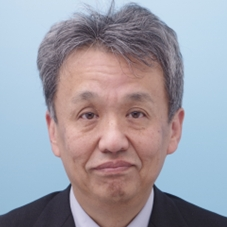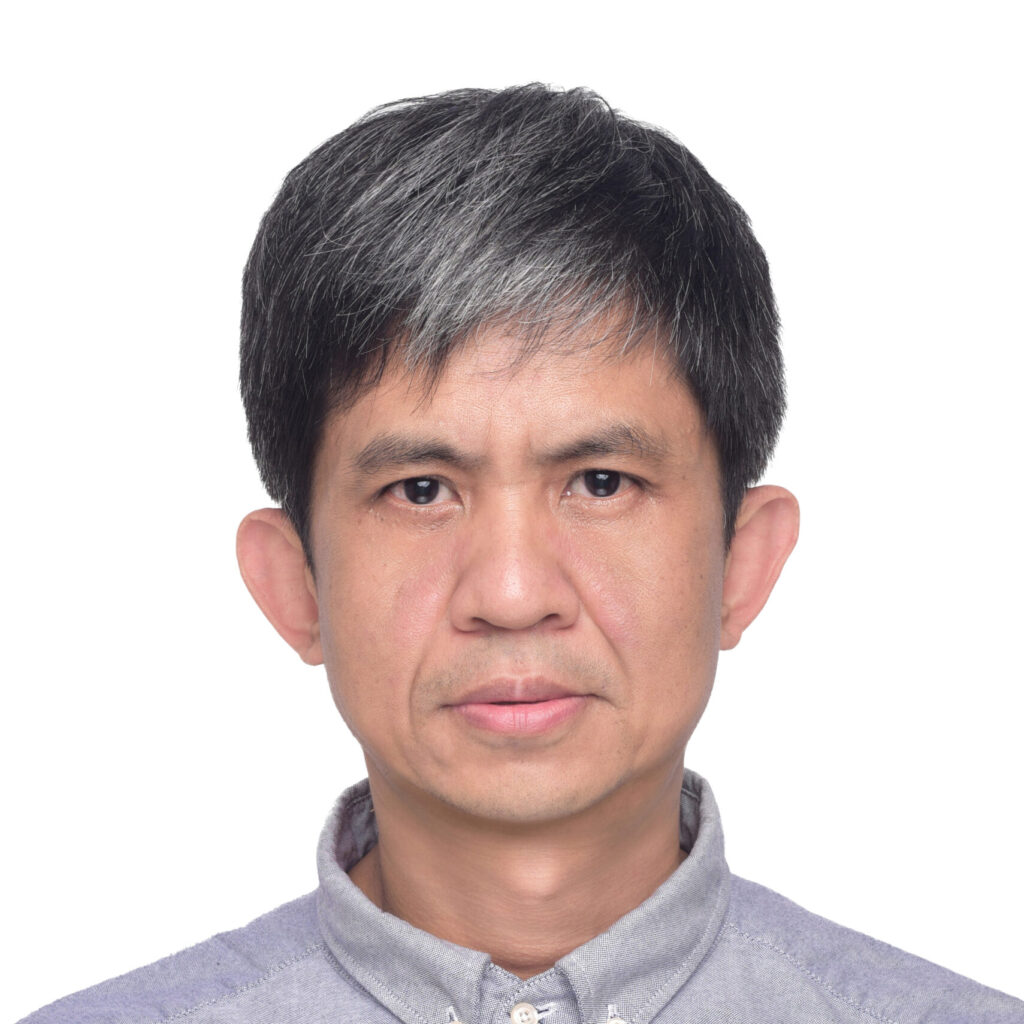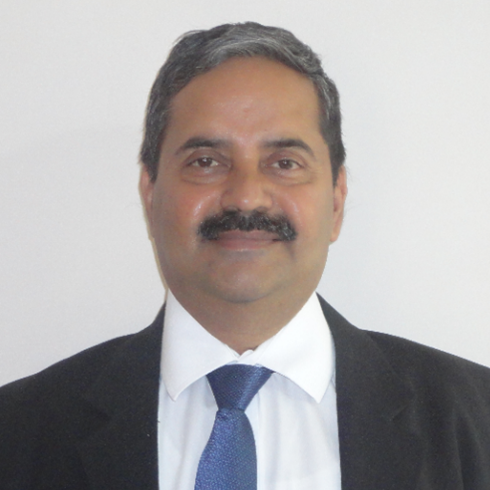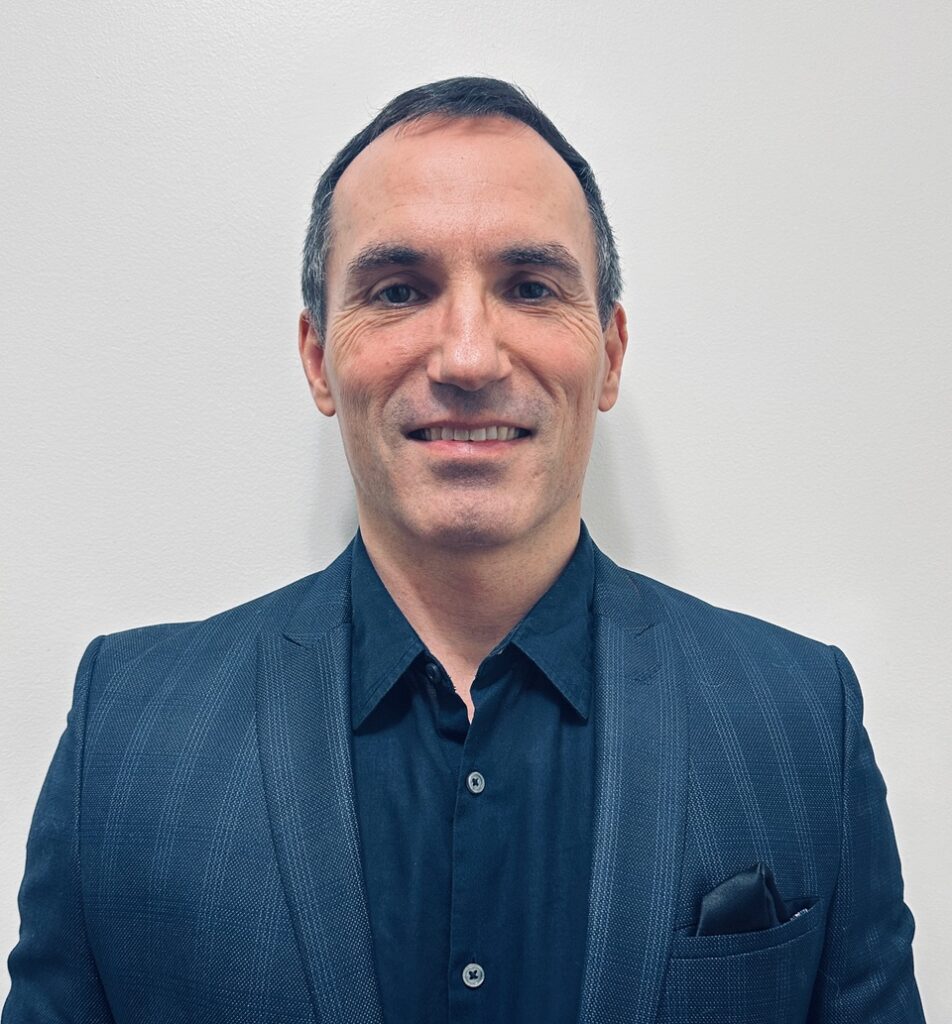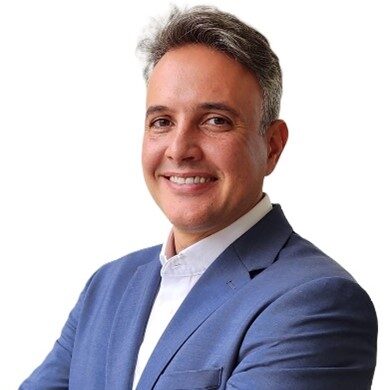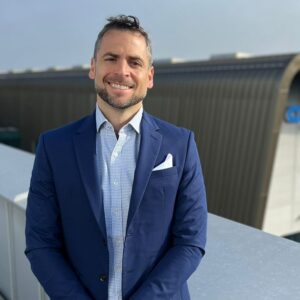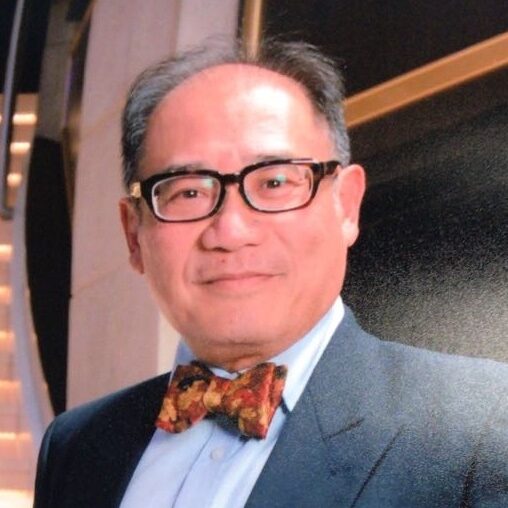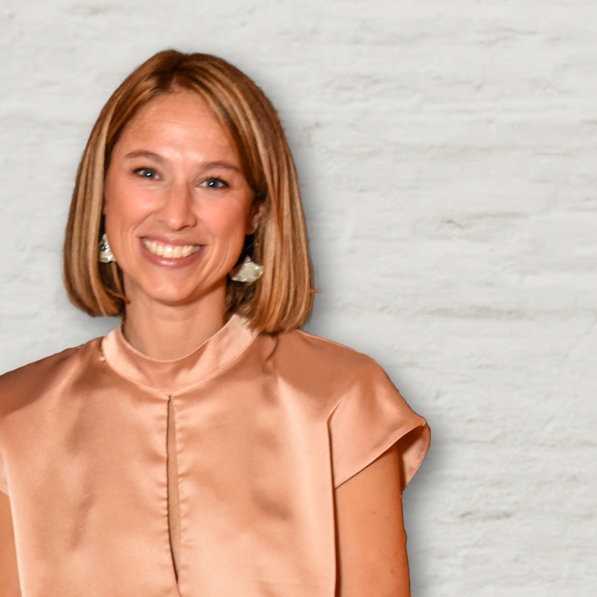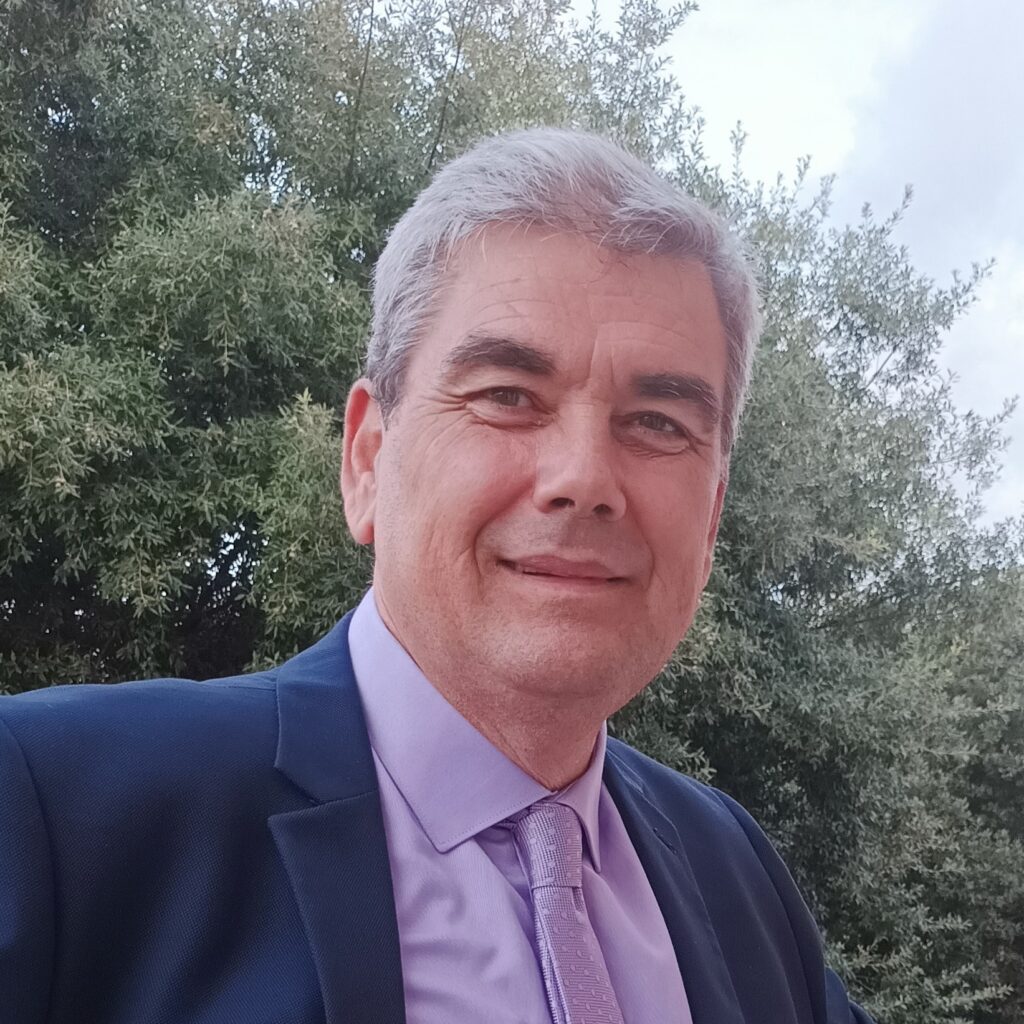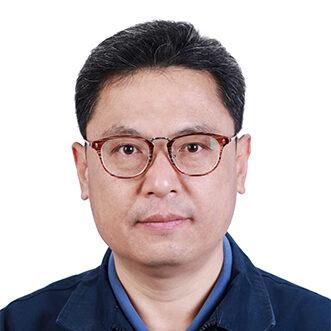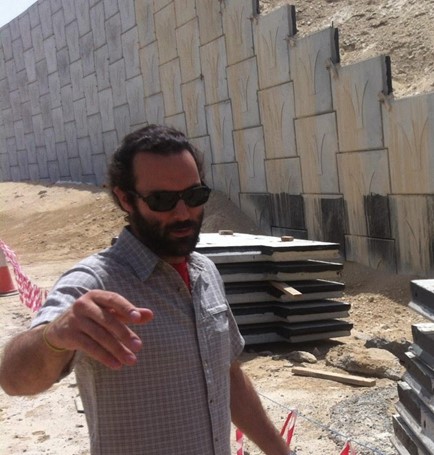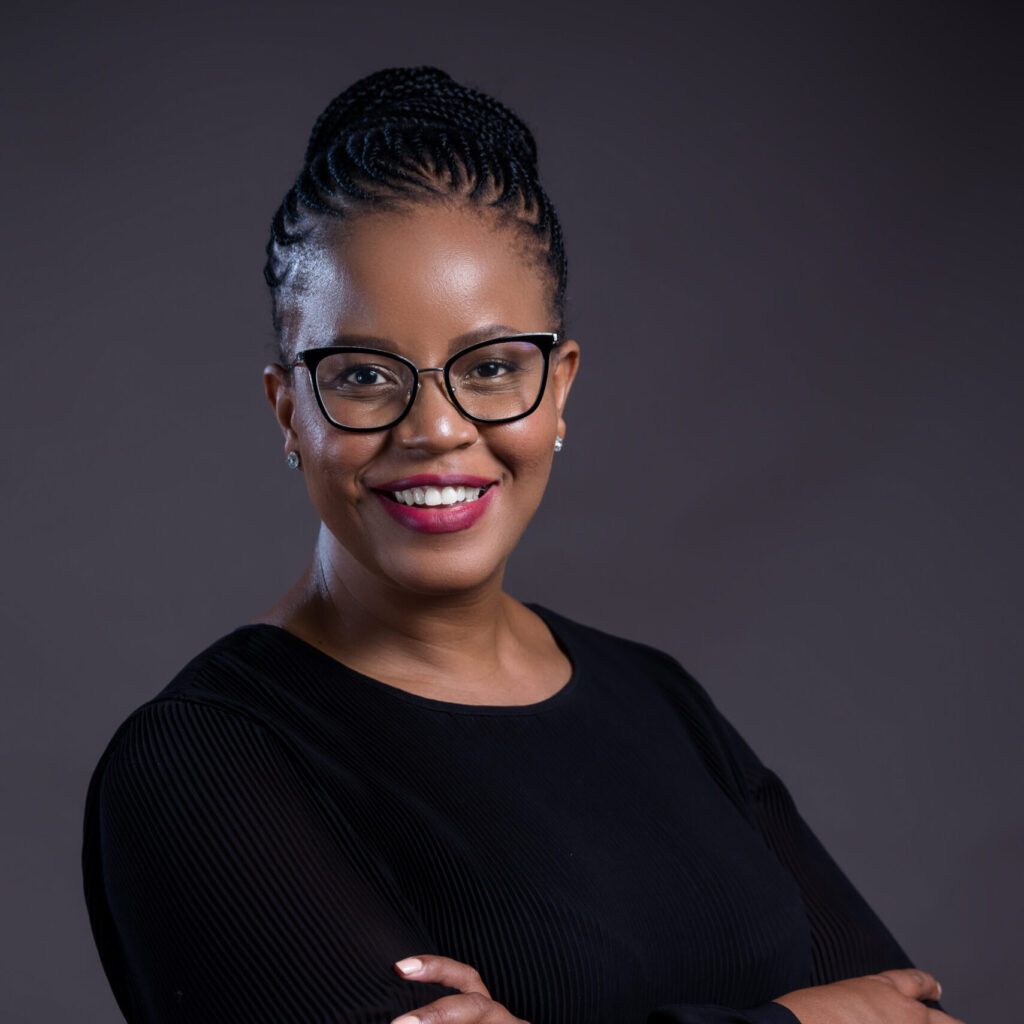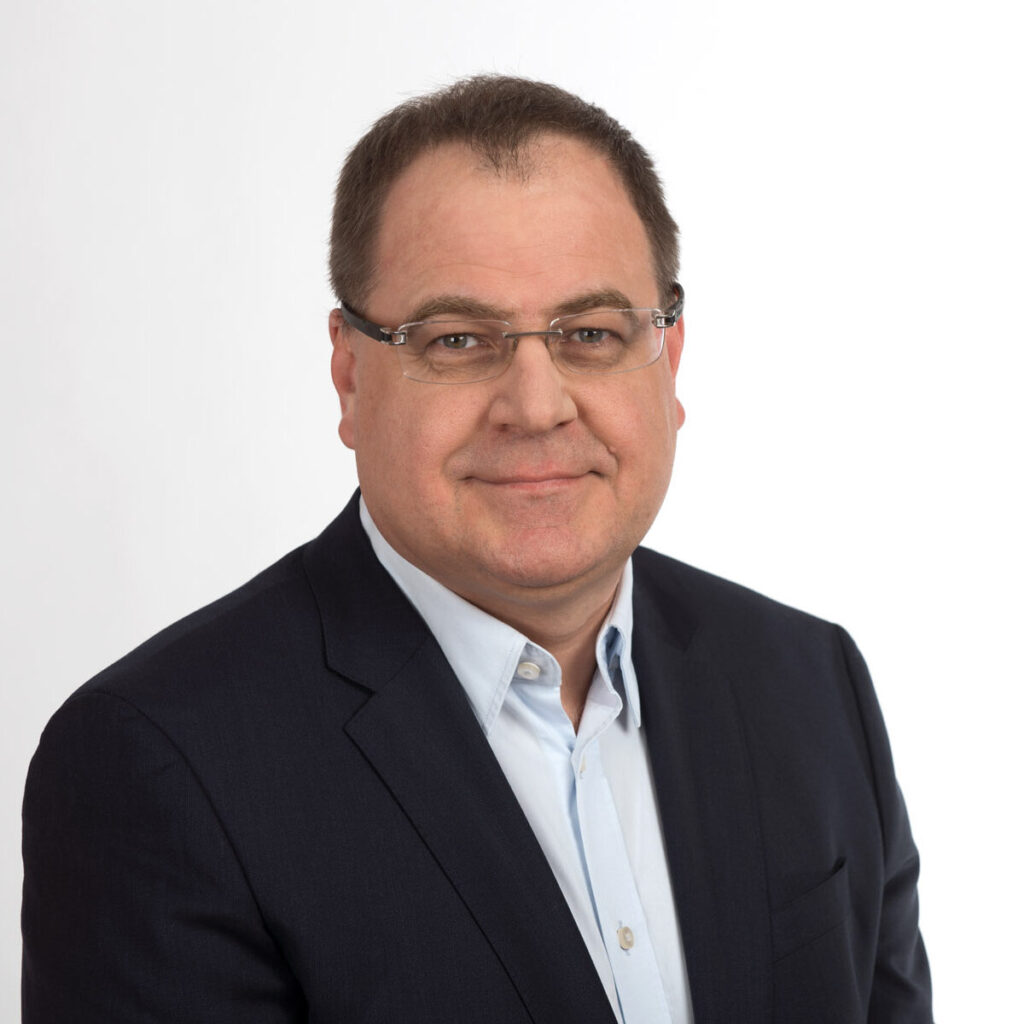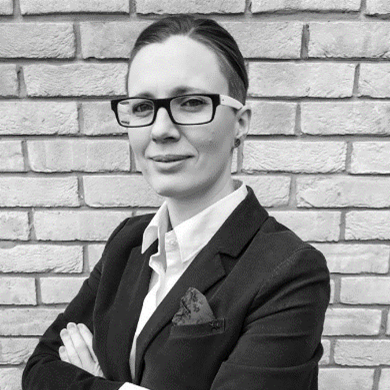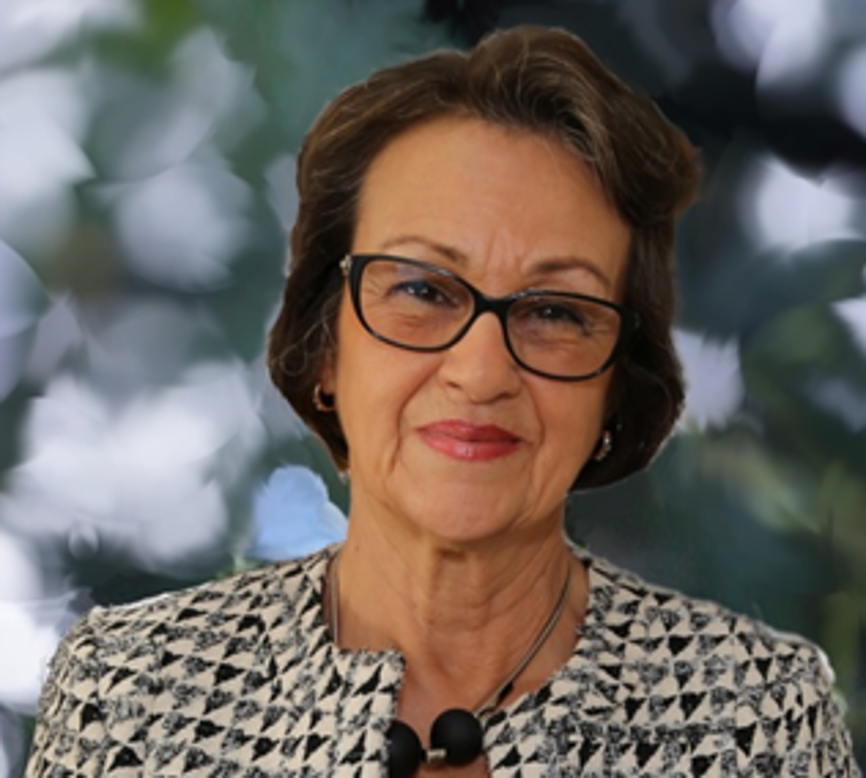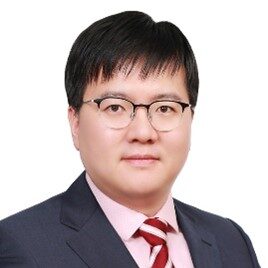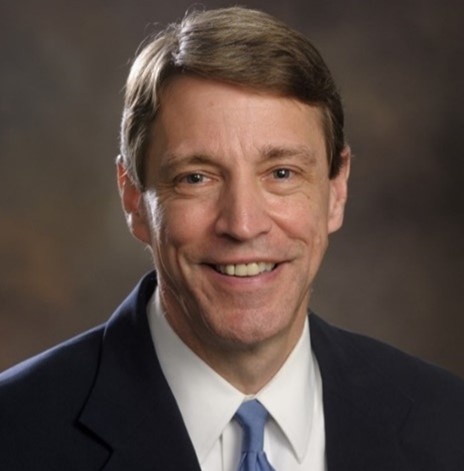Introduction
CEN/TC 189 on Geosynthetics was established in 1989 in the light of the newly introduced Construction Products Directive (CPD). The aim of the Technical Committee is to develop terminology, testing and specification standards for a variety of construction products grouped together under the name ‘Geosynthetics’. In 1996 the European com-mission issued a mandate for developing European specifications standards, which was revised in 2007 due to the extending number of European countries. When the CPD was replaced by the CPR (Construction Products Regula-tion), the specification standards had to be revised to fulfil the new regulation.
Structure of CEN/TC 189
TC Management
The secretariat of CEN/TC 189 has been with the NBN (Belgium) since its establishment in 1989. Daniele Cazzuffi (Italy) started his first term as chairman in 2012, and has recently been confirmed as chairman for another three years starting in 2018. Karin Eufinger (Belgium) started as TC secretary in 2015.

Working Groups
CEN/TC 189 has 6 working groups, which were all established during the founding meeting of the TC.
| Working Group 1: | Geotextiles and Geotextile-Related Poducts – General and Specific Requirements |
| Working Group 2: | Terminology, Identification, Sampling and Classification |
| Working Group 3: | Mechanical Testing |
| Working Group 4: | Hydraulic Testing |
| Working Group 5: | Durability |
| Working Group 6: | Geosynthetic Barriers – General and Specific Requirements |
Working groups 1 and 6 develop specification standards for Geotextiles and geosynthetic barriers. They are sup-ported by working groups 2 through 5, which develop the general standards for terminology (including identification, sampling and classification), testing and evaluation of durability.
Participation and Meetings
All CEN members may register participants to the technical committee, but the more active countries include Austria, Belgium, Czeck Republic, Denmark, Estonia, Finland, France, Germany, Greece, Italy, Latvia, Luxembourg, the Netherlands, Norway, Poland, Portugal, Romania, Slovak Republic, Spain, Sweden, Switzerland, Turkey, United Kingdom.
Also the European associations EDANA, ESWA and EuBa participate as observers.
Plenary meetings of CEN TC 189 take place once a year: the last meetings were in Istanbul in 2015, in Tallinn in 2016 and in Geneva in 2017, while the next meetings will be in Berlin in June 2018.
Cooperation with other Standardization Technical Bodies
CEN/TC 189 works closely together with ISO/TC 221 on Geosynthetics to ensure that the work program is aligned to international developments.
CEN/TC 189 also follows up the work program of other CEN technical committees on the one hand to be informed about developments in related technical areas and on the other hand to inform these technical areas of the develop-ments in CEN/TC 189. In order to facilitate this process, official liaisons to the following committees have been established:
- CEN/TC 227 Road materials
- CEN/TC 250/SC7 Eurocode 7 – Geotechnical design
- CEN/TC 254 Flexible sheets for waterproofing
- CEN/TC 288 Execution of special geotechnical works
- CEN/TC 350 Sustainability of construction works
- CEN/TC 351 Construction Products – Assessment of release of dangerous substances
- CEN/TC 396 Earthworks
Committees CEN/TC 350 and CEN/TC 351 have a special role in this context. They develop horizontal standards for construction products, which then have to be used as basis for developing product specific standards for evaluating the sustainability of construction works and the assessment of the release of dangerous substances, respectively.
Work Program
The work of CEN/TC 189 is developed in the different working groups.
Working Group 1: Geotextiles and Geotextile-Related Products – General and Specific Requirements

Working group 1 develops specification standards for geotextiles and geotextile related products. Its core activities are related to the maintenance of the existing standards for CE marking and to develop new standards to ensure that novel materials or applications can be covered.
In March 2017 a series of revised standards was approved for citation in the official journal of the EU, providing not only a technical update but also an update to the new requirements and procedures under the CPR. This series of standards covers the following applications:
- Drainage systems (EN 13252:2016)
- Construction of reservoirs and dams (EN 13254:2016)
- Construction of railways (EN 13250:2016)
- Earthworks, foundations and retaining structures (EN 13251:2016)
- Construction of tunnels and underground structures (EN 13256:2016)
- Solid waste disposals (EN 13257:2016)
- Liquid waste containment projects (EN 13265:2016)
- Construction of roads and other trafficked areas (excluding railways and asphalt inclusion) (EN 13249:2016)
- Construction of canals (EN 13255:2016)
- Erosion control works (coastal protection, bank revetments) (EN 13253:2016)
The application standard for use in pavements and asphalt overlays (EN 15381:2008) is currently under revision, and it expected to be finalized in 2020.
Additionally, a new application standard is being developed for surface erosion control on slopes and banks (prEN 17097). This standard is currently being prepared for CEN Formal Vote, which is anticipated for 2018.
Working Group 2: Terminology, Identification, Sampling and Classification

The task of working group 2 is to develop on the one hand the standards for geosynthetics terminology, identification and classification, and on the other hand to harmonize sampling towards testing. Working group two has to work closely with the two product working groups (1 and 6) and also working groups 3, 4 and 5 which develop the test methods.
Given the strong cooperation with ISO/TC 221, working group 2 has to ensure that the standards developed are also well aligned with the developments in ISO, which is why most projects are developed as EN ISO standards. This process is facilitated by the fact that Erol Güler is also convenor of the corresponding working group 2 under ISO/TC 221.
Working Group 3: Mechanical Testing

Working group 3 develops standards for mechanical testing. On the one hand these are implemented in the product specification standards developed in working group 1 and 6. On the other hand they are also necessary for the standards for durability testing, which are developed in working group 5. For this reason it is important that working group 3 works in close cooperation with these three working groups. There is also a close cooperation with the respective working group in ISO/TC 221, chaired by Daniele Cazzuffi (Italy), with a larger percentage of the standards being developed together.
Working Group 4: Hydraulic Testing
Working group 4 develops test methods for evaluating the permeability or flow properties of water and other liquids through or over geosyntetics. These test methods are important for the product specifications of working group 1 and 6, but also link to the durability testing developed in working group 5. As for working group 3 it is also important for working group 4 to work in close cooperation with these three working groups and also on international level with the respective working group in ISO/TC 221. As in working group 2 this is facilitated by Veronique Heili also being the convenor of this working group.

Working Group 5: Durability
The scope of working group 5 is to develop methods for assessing the durability of geosyn-thetic products. In the framework of the CPR and given the life time of projects where geo-synthetic products are being implemented, life times of up to 100 years can be required. It is therefore important to evaluations methods for assessing the life time of products for 25, 50 and 100 years. The exception are certain short term applications for asphalt reinforce-ment, where sometimes only temporary constructions are made.
Since durability needs to be evaluated according to the materials the geosynthetics are made of and the (soil) environment they are exposed to a large variety of different test and evaluation methods is required. Most of these test methods are primarily important for the EU market, which is why the WG 5 standards are also mostly purely European standards. Nevertheless, also working group 5 follows the activities of its respective ISO/TC 221 coun-terpart, chaired by Sam Allen (USA).

Working Group 6: Geosynthetic Barriers – General and Specific Requirements
Working group 6 develops specification standards for geosynthetic barrier layer products. Its core activities are related to the maintenance of the existing standards for CE marking and to develop new standards to ensure that novel materials or applications can be covered.
Working group 6 is finalizing the revision of its product specification standards, which cover the following applications:
- Construction of reservoirs and dams (EN 13361:2017)
- Construction of canals (EN 13362:2017)
- Construction of tunnels and associated underground structures (EN 13491:2017)
- Construction of liquid waste disposal sites, transfer stations or secondary containment (EN 13492:2018)
- Construction of solid waste storage and disposal sites (EN 13493:2018)
- Transportation infrastructure (EN 15382:2018)

In parallel two new standards have been developed:
- Construction of storage lagoons, secondary containment (above and below ground) and other containment appli-cations for chemicals, polluted water and produced liquids (EN 16993:2018)
- Construction of underground structures (other than tunnels and associated structures) (EN 16994:2017)
All standards will be published towards the end of 2017/ beginning of 2018.
Reported by
Daniele Cazzuffi (Chairman of CEN TC 189 and IGS Past President) and Karin Eufinger (Secretary of CEN TC 189)






